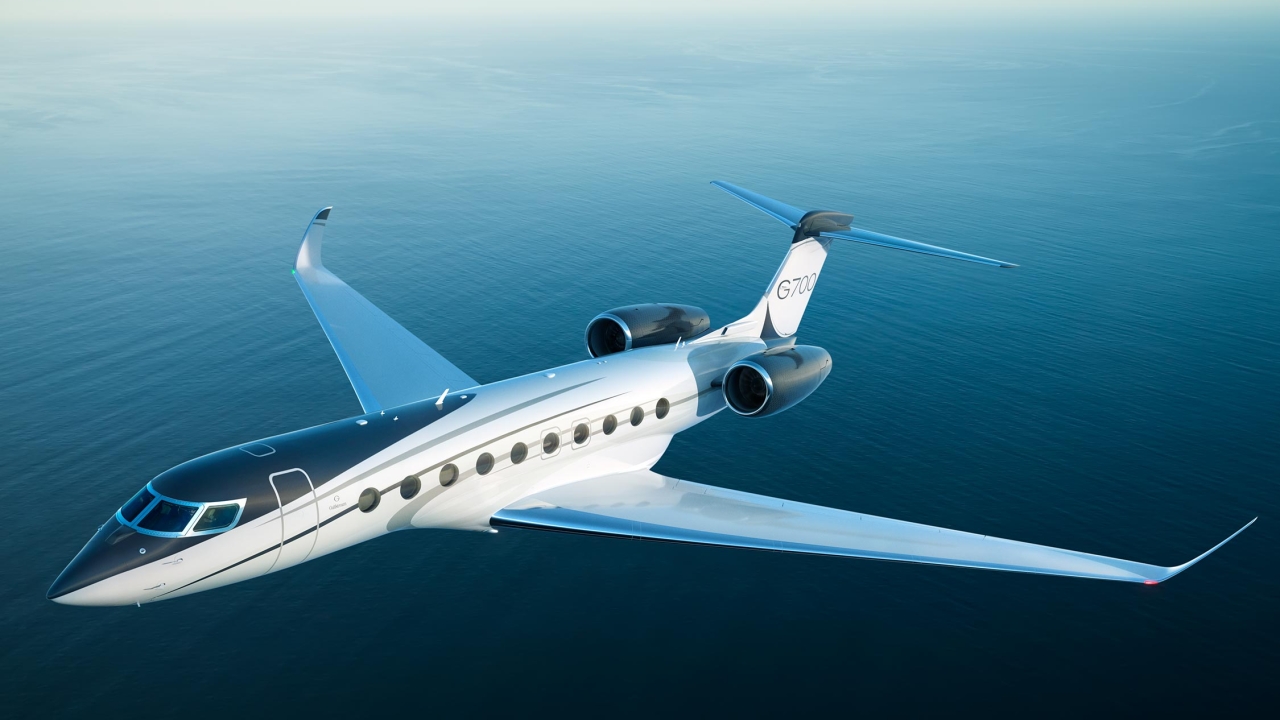Caverton rings up eleven new Bells
Caverton Helicopters Limited has unveiled what it calls a fleet of “11 new Bell 407 and 412 helicopters”. Jon Lake reports.

Caverton Helicopters Ltd is a subsidiary of Caverton Offshore Support Group Plc, which offers marine and aviation logistics support for the oil and gas industry along the west African continental shelf.
The group employs more than 700 people in Nigeria.
The recent ‘unveiling’ of 11 new helicopters comes after last year’s award of a five-year logistics support contract by Chevron Nigeria Limited (CNL), operator of the Nigerian National Petroleum Corporation /Chevron Nigeria Limited joint venture (NNPC/CNL JV).
The contract covers the provision of aviation services and has a two-year renewable option.
Caverton Helicopters operates out of a 10,000sqm flight facility at the Murtala Muhammad International Airport in Lagos and several purpose-built facilities in Victoria Island (the Ozumba Heliport), Port Harcourt (Nigerian Air Force Base), Warri (close to the NNPC/CNL JV headquarters at Escravos), and Cameroon.
Its fleet includes the Airbus H125 (AS350) AStar, the AgustaWestland AW139, the Sikorsky S-76C++, and fixed-wing de Havilland Canada DHC-6-300 and -400 Twin Otters.
The new helicopters, purchased to support the NNPC/CNL JV, included eight Bell 407GXPs, ordered in August 2017, and four Bell 412EPs, though the final 412 had not been delivered at the time of the formal unveiling.
Captain Josiah Choms, MD Caverton Helicopters, said the contract had called for seven 407s, but explained his company had purchased eight in order to be able to provide a “world-class service”.
Caverton also signed a support services agreement for the newly purchased Bell 407GXPs. This will be provided under Bell Helicopter’s proprietary support solution, the customer advantage plan.
The original Bell 407 was a derivative of the tried and trusted Bell 206L-4 LongRanger, a stretched variant of the Model 206 JetRanger. It was fitted with a four-bladed main rotor with a composite hub originally developed for the US Army’s OH-58D Kiowa Warrior.
Steve Suttles, Bell Helicopter vice president of sales for the Middle East and Africa, explained that the Bell 407 was particularly well suited to African requirements, with its versatility making it popular in the corporate transport sector, and with real potential as a light-attack helicopter across the continent.
David Sale, MD for the Middle East and Africa region added: “With nearly 1,400 Bell 407s in operation around the world, the aircraft continues to be a success in global markets with sales steadily growing in Africa.”
The Bell 407GXP, launched in 2015, is powered by a Rolls-Royce M250-C47E/4 engine with dual-channel full authority digital engine control (FADEC), providing an additional 50lbs (22.5 kg) of payload capability, improved fuel economy and class-leading hot and high performance.
The new variant has a 500-hour extension in time between overhauls (TBO), reducing maintenance costs. It incorporates new avionics, a hover performance calculator and features a cabin that is configurable for an array of missions and payloads, with new executive interior options.
The Bell 412 is a twin-engined utility helicopter derived from the military UH-1 Huey family via the Bell 212, but with a composite four-bladed main rotor in place of the 212 and Huey’s two-bladed rotor system. The 412’s wide-opening 7.7ft doors allow direct loading by forklift into the spacious (220cuft) cabin, which can be configured in a variety of ways to accommodate up to 14 passengers.
The Bell 412EP is the current production version of the helicopter, with enhanced performance thanks to its P&WC PT6T-3DF engines and dual digital automatic flight control system.
Remi Makanjuola, chairman of the Caverton Offshore Support Group, said that the addition of these helicopters will make Caverton Helicopters one of the largest operators of Bell aircraft in sub-Saharan Africa. They will be used for offshore logistics support, maritime and coastal surveillance, emergency medical services and search and rescue.
Caverton has made great efforts to transfer skills to an indigenous workforce over an eight-year period, in line with Nigeria’s national content policy, and has trained locals and promoted them to senior technical and management positions.
To diversify its business activities, the company is building a maintenance, repair and overhaul (MRO) facility in Lagos, which will be operational by 2019.
“Once completed, all of the helicopters in our fleet, as well as aircraft from third-party operators, will be maintained in the country, thus saving time and foreign exchange,” Makanjuola said.
Stay up to date
Subscribe to the free Times Aerospace newsletter and receive the latest content every week. We'll never share your email address.

